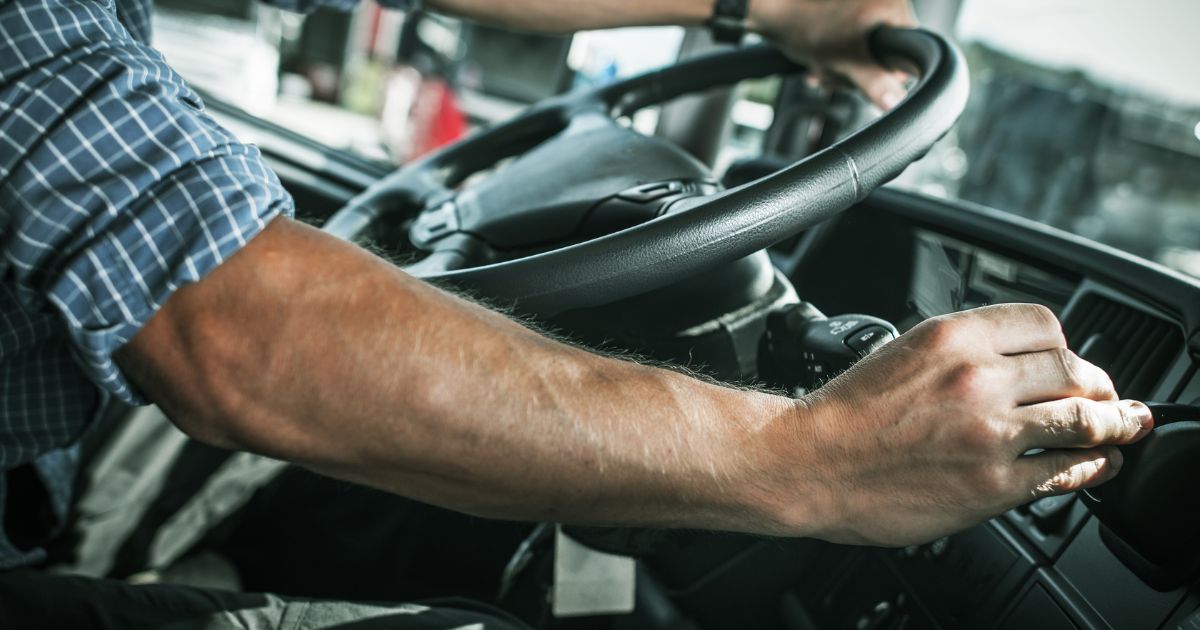Driving a tractor trailer can be mentally and physically exhausting. Highway driving can be especially monotonous for truck drivers who find it hard to stay focused and alert. It is natural to want to multitask and read a text or make a phone call while on the road. However, even a simple task that takes just a few seconds can be a deadly distraction if it takes the driver’s mind or body away from operating their rig. Distracted driving risks are high for commercial truckers.
One study cited by the Federal Motor Carrier Safety Administration (FMCSA) found that 71 percent of large truck crashes happened when a driver was doing something while driving their truck. Fortunately, distracted driving is preventable.
People often think of mobile phones when talking about distracted driving. However, distractions go well beyond texting and driving. Distractions fall into three main categories based on how they affect the body and mind:
- Cognitive distractions: Cognitive distractions take the mind off the task of driving.
- Manual distractions: Manual distractions take the driver’s hands off the wheel.
- Visual distractions: Visual distractions take the driver’s eyes off the road.
All distractions are equally dangerous. For a truck driver traveling at 55 miles per hour, the time it takes to read or send a text message is the equivalent of driving the length of a football field with one’s eyes closed. Everything in that truck’s path is in danger.
Under the three types of distractions, there are a wide range of objects and activities that divert a driver’s attention. Here are some of the most common.
Smartphones
It is illegal for commercial motor vehicle (CMV) drivers to text while driving. Penalties are steep for CMV drivers who text and drive. However, fines should not be the only motivating factor for staying off the phone while driving. The risks of texting and driving are indisputable. Studies indicate that doing so increases the chance of an accident or near crash event by 23 times.
Drinking or Eating
To save time, many CMV truckers eat on the run. However, the National Highway Traffic Safety Administration (NHTSA) reports that eating or drinking while driving increases the chance of a truck accident by 80 percent. Drivers may think they can multitask safely, but it only takes a few seconds of taking a hand off the wheel to veer out of their lane and hit another vehicle.
Drivers have to dig in bags to grab items, unwrap them, and apply condiments. If the driver drops food or spills a hot beverage, they run the risk of losing control of their truck and causing a serious collision. Meals are a great time to get out of the cab, turn off the truck, rest, and recharge. Trucks drivers should schedule time to eat and even plan ahead and pack nutritious meals to avoid the temptation of grabbing fast food on the road.
External Objects and People
According to research by the Virginia Tech Transportation Institute’s Division of Freight, Transit, and Heavy Vehicle Safety, external people and situations are among the top distractions facing truck drivers. These distractions are anything happening outside of the vehicle, such as scenery, accidents, billboards, and roadside businesses.
Truckers need to scan ahead for objects and people, but that is different from staring at an accident on the opposite side of the highway or looking for a coffee shop along the road. By the time they return to look ahead, it will be too late if a crash is imminent and unavoidable.
Devices Inside the Truck
Commercial trucks have multiple dials and devices. Whether it is the navigation system or the air conditioning, adjusting these systems is not as convenient as it is in smaller, passenger vehicles. It takes a bit of effort to reach some controls.
Dispatching devices in particular are the equivalent of texting while driving for truckers. That is why many truck companies have lock-out features that prevent dispatching devise use while the truck is in operation.
Before they depart, truck drivers should set all of your dials as needed and make sure their seat, steering wheel, and other equipment are in proper position so they will not have to move them once the truck is in motion.
Daydreaming
Cognitive distractions are just as dangerous as using the phone or bending to pick up an item that has fallen. The brain must be fully engaged at all times to respond and react quickly to what is happening around the truck.
Fatigue can compromise one’s focus, which makes good sleep and routine rest breaks essential for safety. Daydreaming, forgetting the last few miles traveled, or missing turns and exists are all signs it is time to pull over and take a break.
Trucks Accidents in Ohio
It is helpful to be prepared to respond in an emergency in case you or someone you care about is in a truck accident.
The first and most important step after a truck accident is to assess whether anyone requires medical attention. Call 911 immediately for assistance. Once everyone at the scene has been assisted by emergency responders, document the accident scene as much as possible. Take photos of the vehicles and the location. Collect contact information from everyone involved.
After filing a police report, contact a law firm in a timely manner to discuss your case. You may be entitled to compensation for your injuries, medical care, property damage, and other losses.
Cincinnati Truck Accident Lawyers at the Wolterman Law Office Fight for Justice for Clients Injured in Ohio Truck Crashes
Our Cincinnati truck accident lawyers at the Wolterman Law Office have seen firsthand how serious crashes can impact a family. That is why we are so determined to achieve justice for clients injured by another’s careless act. Call us at 513-488-1135 or complete our online form to schedule a free consultation today. Located in Loveland, Ohio, we represent clients in Hamilton County, Fairfield, Norwood, and Forest Park.


